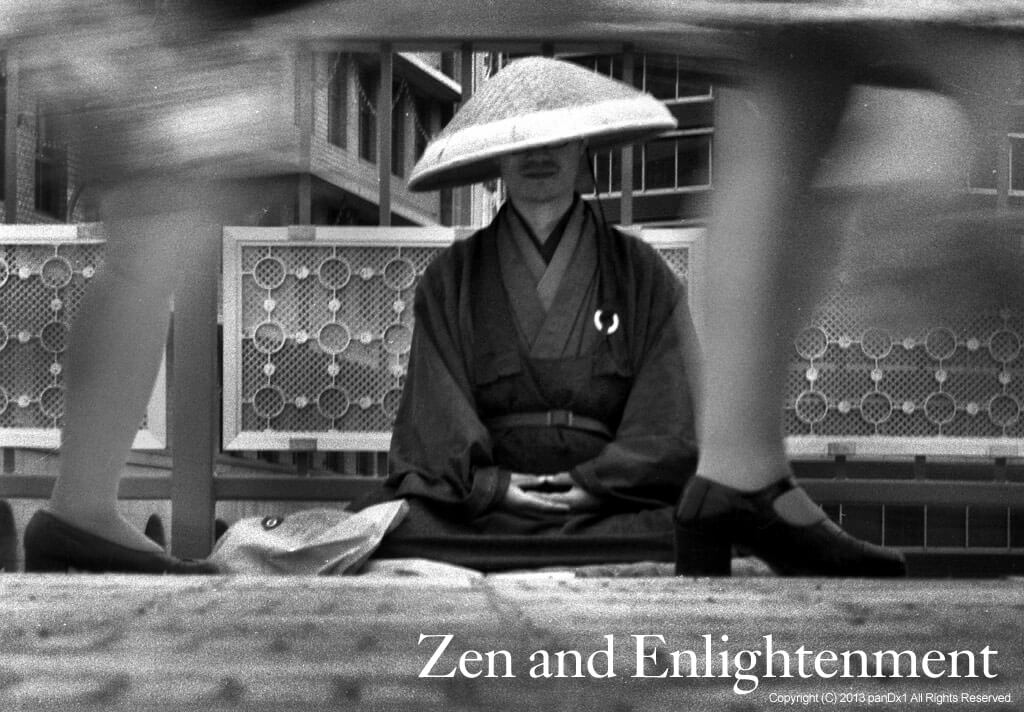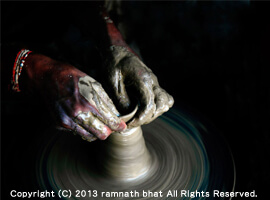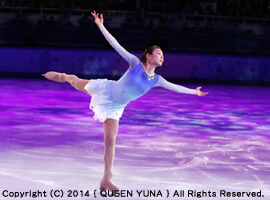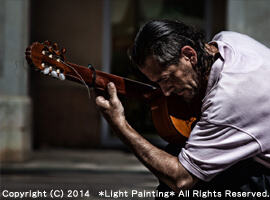Lesson
News / Blog
Other Menus
Zen and Enlightenment

Zen and Enlightenment
Zen (the Zen sect) is a school of Mahayana Buddhism, which is regarded as having been adopted in China from India by Daruma (Bodhidharma), a well-known monk of the era. Zen was introduced to Japan in the Kamakura period, and developed under the protection of the Muromachi Shogunate during the Muromachi period. After the Meiji Period, Zen spread from Japan to other countries, and Japanese Zen is the most well-known form in the world today.
The purpose of Zen is to achieve enlightenment, and the Zen sects generally emphasize enlightenment over knowledge. Enlightenment in Zen means “all living things realize the inherent buddha nature they possess.” “Buddha nature” is a sacred nature which forms the basis for becoming buddhas. For this reason, Zen masters during the Tang Dynasty struggled to attain enlightenment by undergoing much hardship. However, they began to devise many new techniques for achieving enlightenment, starting in the Song dynasty. These techniques were systematized, so that enlightenment could be attained through training, such as Zazen (not the same as meditation), Kouan (understanding stories that surpass intellectual understanding), Dōkyō (reading sutras), or Samu (everyday work) under an already enlightened Zen master. Enlightenment is thought to pass from the master to the disciple, as a candle flame passes to an unlit candle (called Dentō). Such a transmission is not based on words (logos). For this reason, it is considered crucial to choose the right Zen master. That means not only choosing one who has achieved enlightenment, but also one who fits with one’s own personality. Actually, it does not mean that an enlightened Zen master instructs and enables someone reach enlightenment. Masters in the Tang dynasty did not learn to reach enlightenment from anyone ― not to mention Siddhartha Gautama (Buddha, Shakuson), who attained enlightenment without a teacher. While it is impossible to define enlightenment with words, words are one of many methods that can describe the boundaries of enlightenment. That is why, especially in Japan, enlightenment has been expressed through art, such as poetry and painting, so that one can sense its aroma. Other than in art, it is also expressed in behavior, such as a tea ceremony or flower arrangement; methods that enable one to get a taste of the world of enlightenment have also been created.
The principle of enlightenment does not rely on concepts in order to reach the truth of things; concepts are useful to define the truth of things, but not to make us personally acquainted with the truth. Conceptual knowledge may make us wise in some ways, but is only superficial. It is not the living truth itself, and therefore, there is no creativity in it as it is a mere accumulation of dead matter.
There is truth in saying that the Oriental mind is intuitive, while the Western mind is logical and based on reason. An intuitive mind has its weaknesses, it is true, but its strongest points are demonstrated when it deals with things that are the most fundamental in life; namely, things related to religion, art, and metaphysics. There are ideas that the ultimate truth of life and of things in general is to be intuitively and not conceptually grasped. Also, this intuitive comprehension is the foundation of not only philosophy, but also of all other cultural activities in Japan. These ideas are what Zen has contributed to the cultivation of artistic appreciation among the Japanese people.
It is here where the spiritual relationship between Zen and the Japanese conception of art is established. Whatever definitions are used, the relationship rises from an appreciation of the significance of life, or we may say that the mysteries of life penetrate deeply within the composition of art. When, therefore, art presents those mysteries in a most profound and creative manner, it moves us to the depths of our being; art, then, becomes a divine work. The greatest products of art, whether painting, music, sculpture, or poetry, invariably have this quality – something approaching the work of God. The artist, at the moment when his creativity is at its highest, is transformed into an agent of the creator. This supreme moment in the life of an artist, when expressed in Zen terms, is the experience of enlightenment.
As mentioned above, it is very interesting that enlightenment, a Buddhist concept, affected Japanese art and aesthetic concepts.



Reference Book
 |
|
Zen and Japanese Culture (English Edition) 新品価格 |
![]()

